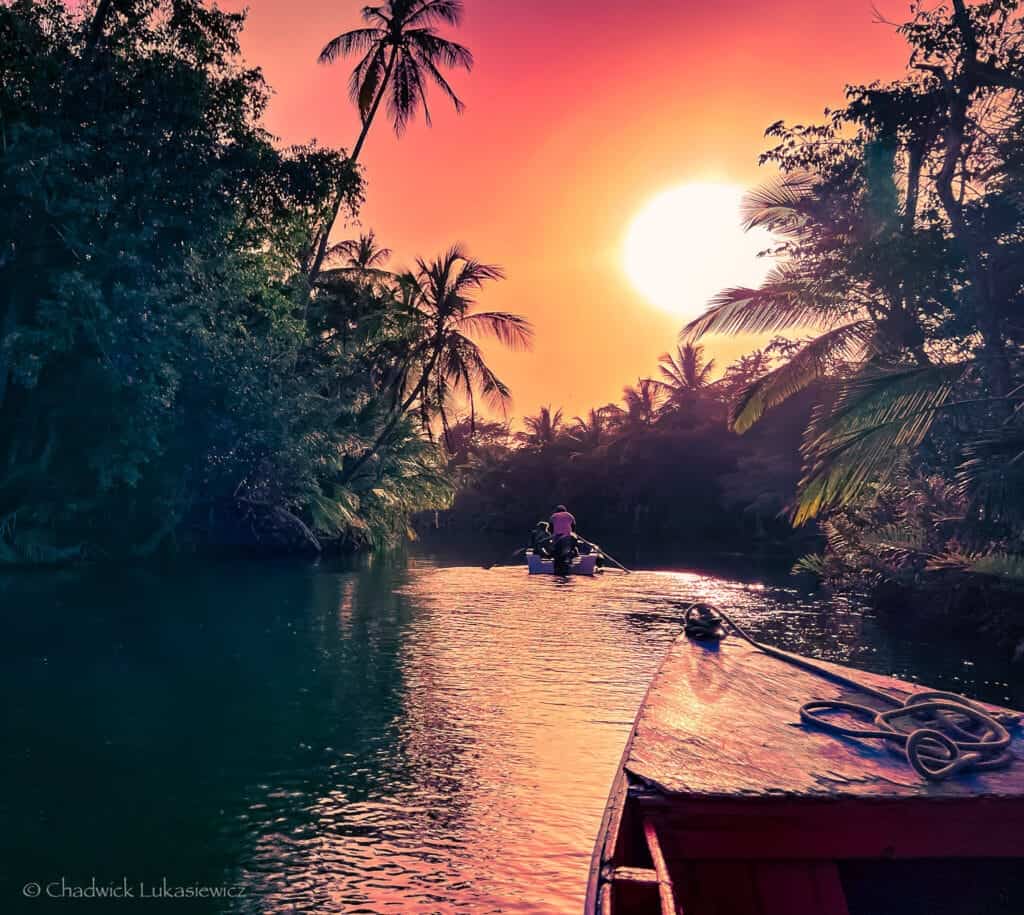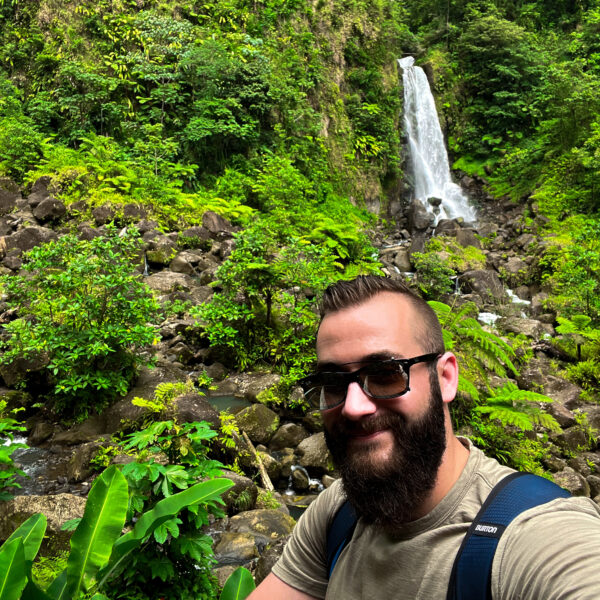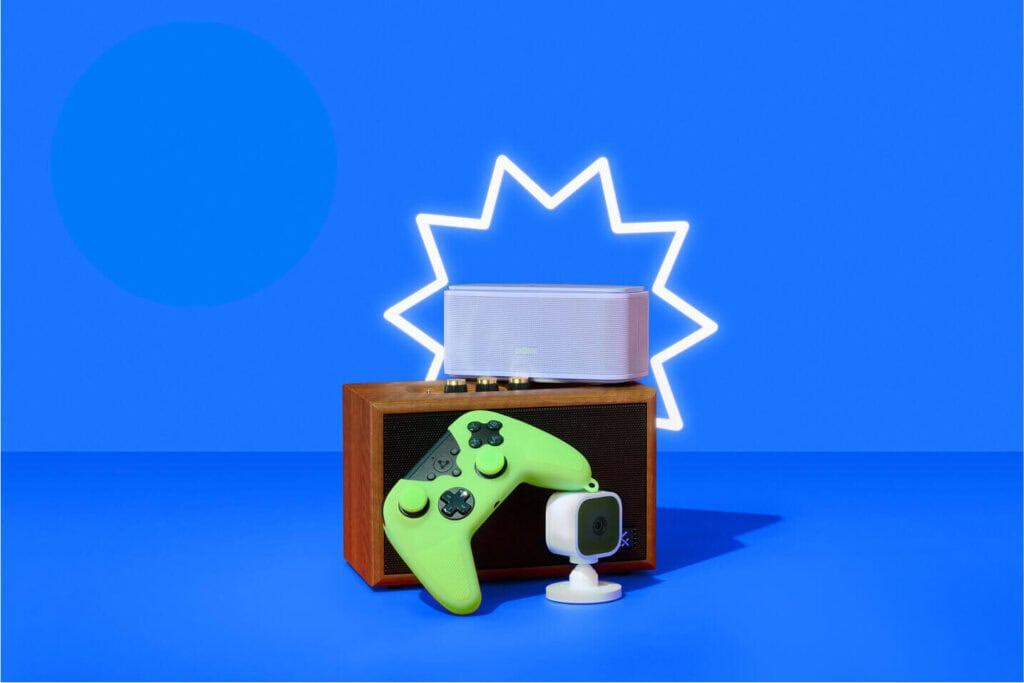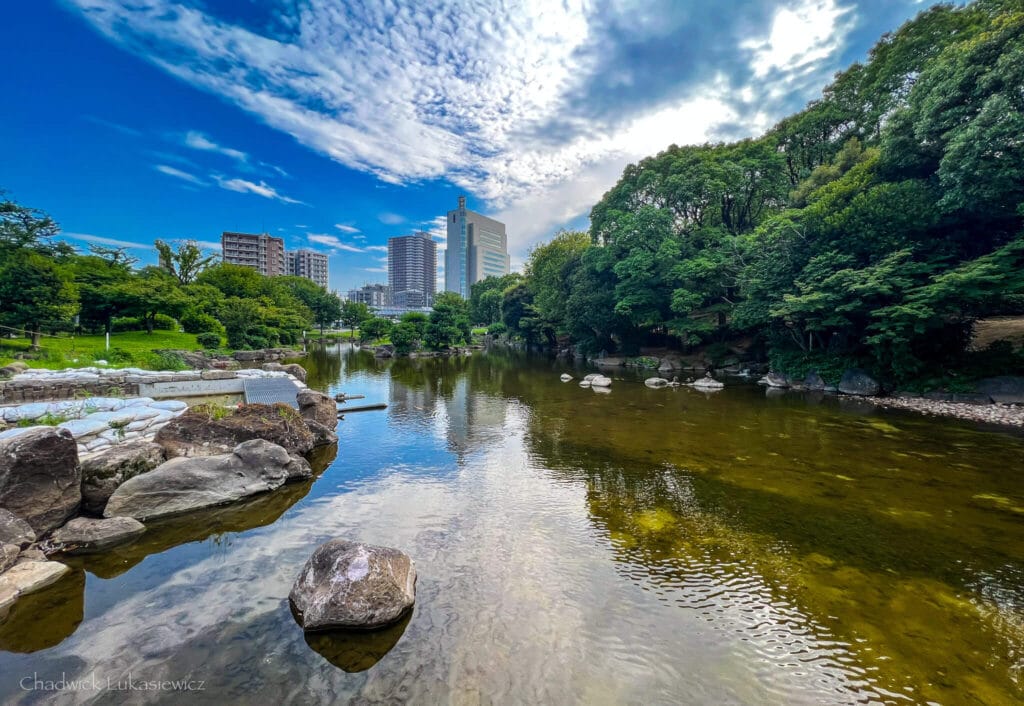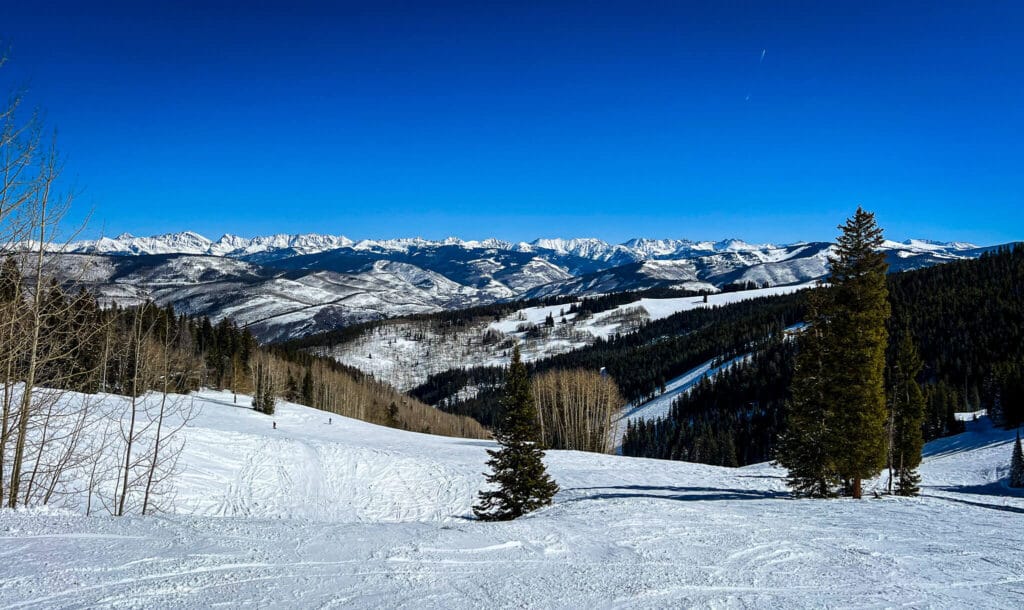Picture this: You’re standing atop a mountain in the Swiss Alps, camera in hand, surrounded by breathtaking views. For most, it’s a serene moment. For us ADHD photographers? It’s an explosion of creative potential mixed with a dash of overwhelm.
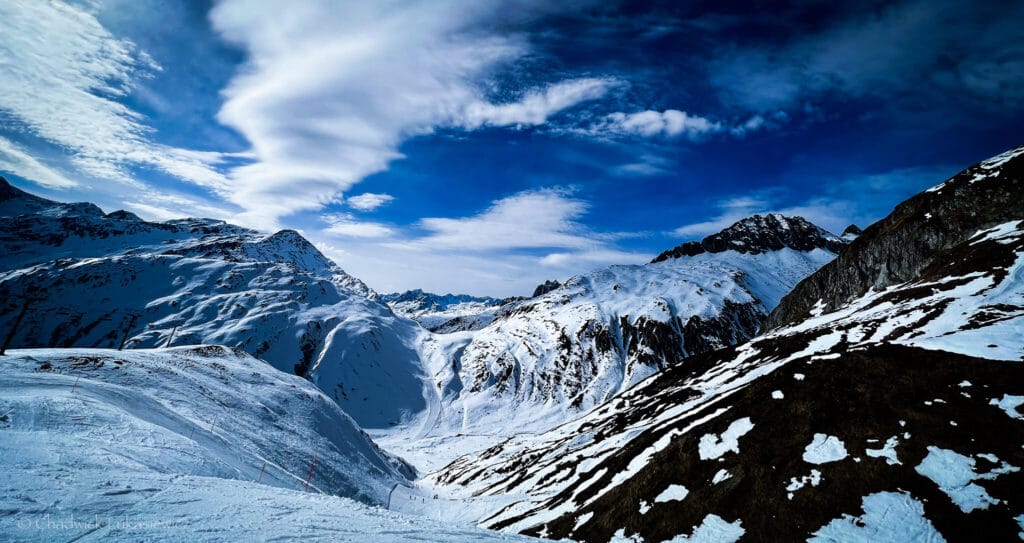
But what if I told you that your neurodivergent brain isn’t just along for the ride – it’s your secret weapon for capturing extraordinary moments and travel photos?
Hey there, fellow adventurers and visual storytellers! I’m Chadwick, a Licensed Professional Counselor with ADHD (well, actually AuDHD – I got that plot twist diagnosis a few years after the first one!) who infuses adventure travel with a therapist’s perspective.
Like many plot twists in life – including two major spine surgeries in my twenties that nearly ended my adventuring days – these challenges became opportunities to see the world differently.
That same hyperfocus that makes us lose track of time? It helps us notice subtle plays of light. Our distractions lead to hidden viewpoints others walk past. Even our sensory sensitivities sharpen our eye for detail, transforming challenges into creative advantages.
In this comprehensive guide, we’ll explore how to transform our ADHD’s perceived challenges into photography superpowers. From techniques to gear tips, we’ll cover everything you need to know to create stunning travel photos while embracing your unique neurodivergent perspective.
How ADHD Travel Photography Unlocks Creative Advantages
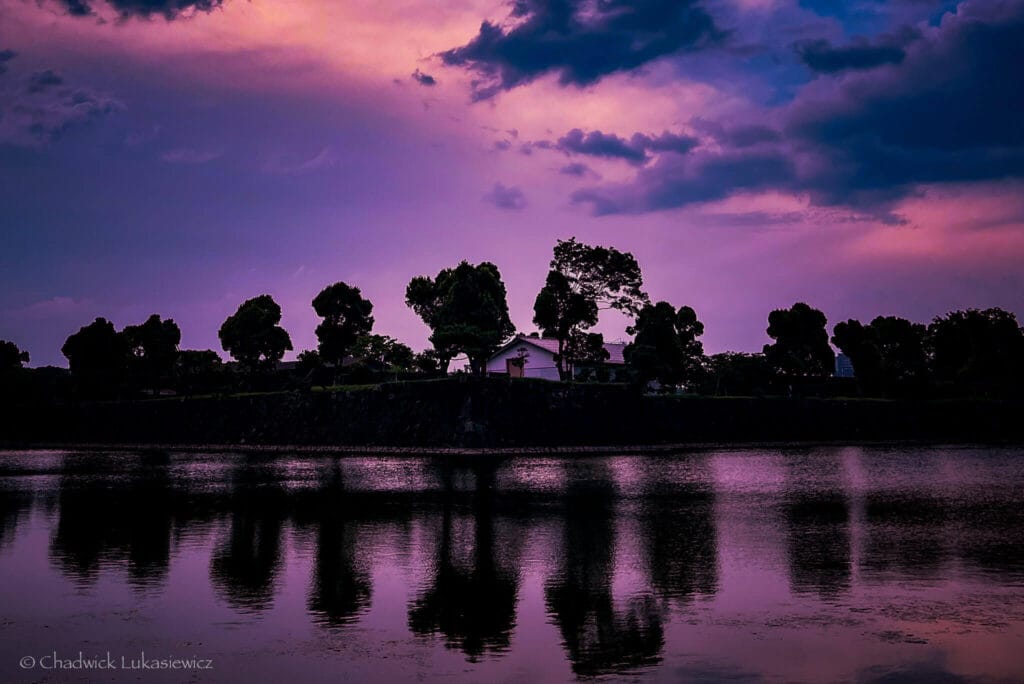
Ever noticed how your ADHD mind seems to catch details that others miss? That’s not a coincidence – it’s your neurodivergent strengths at work.
During my visit to Tokyo’s Imperial Palace, while other photographers clustered around the main entrance, my ADHD brain led me to discover the mesmerizing symmetry of Nijubashi Bridge reflected in the still waters below.
As the day progressed into golden hour, that same tendency to notice subtle changes in light revealed a stunning purple twilight casting the palace grounds in ethereal silhouettes – creating an entirely different perspective of this iconic location.
Turning “Disadvantages” into Creative Gold
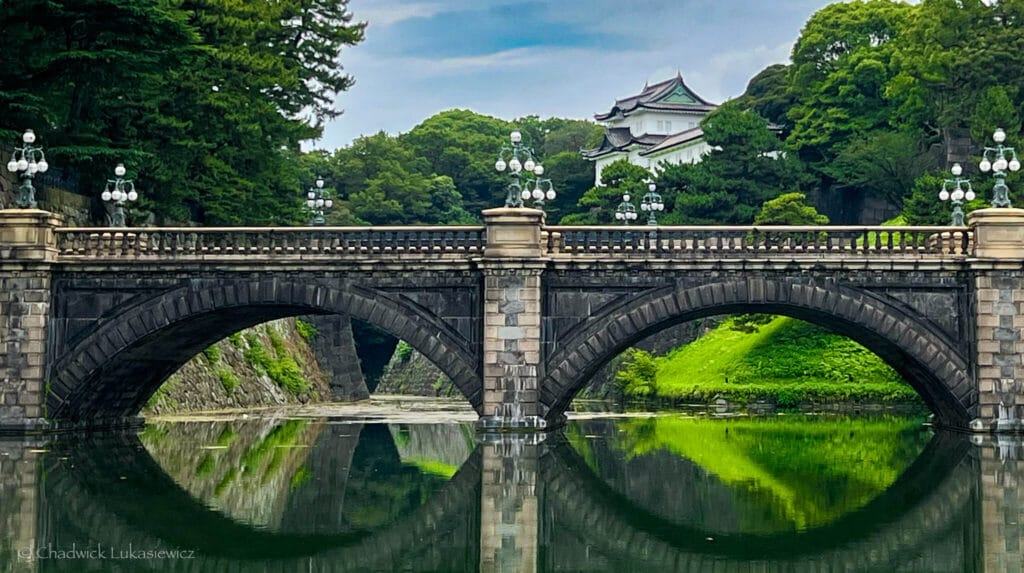
Let’s break down how our unique ADHD traits become incredible assets in adventure travel photography:
Hyperfocus & Detail Recognition
- That intense focus that makes us forget to eat? Perfect for capturing intricate architectural and nature details others’ miss
- Our ability to notice patterns others miss leads to unique compositions
- The tendency to “zoom in” on details helps create stunning macro shots
Impulsivity & Spontaneity
- Quick decision-making helps capture fleeting moments
- Spontaneous route changes often lead to hidden photo opportunities
- Natural ability to act on creative instincts without overthinking
Divergent Thinking
- Our “scattered” thought process? It’s actually creative connection-making in disguise
- Ability to see unique angles and compositions others might miss
- Natural talent for finding unexpected beauty in ordinary scenes
Real-World Application
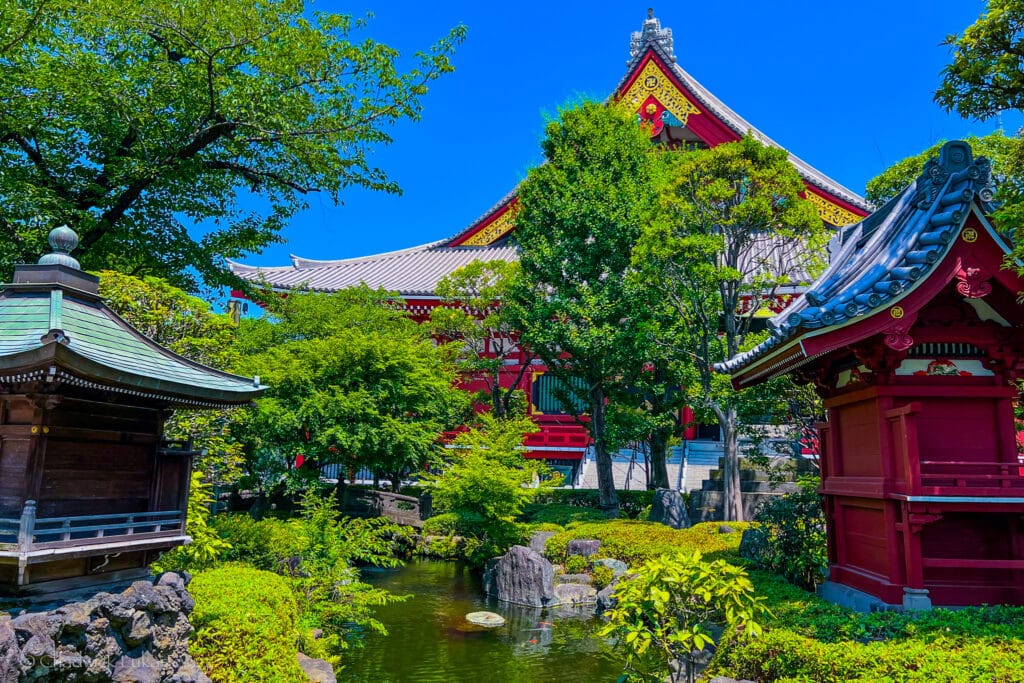
During my visit to Sensō-ji Temple in Tokyo, my tendency to get “distracted” led me away from the crowded main plaza to explore the hidden gardens where vibrant maples framed the temple architecture.
While other photographers clustered around the iconic five-story pagoda, my ADHD-powered wandering revealed a stunning composition where crimson temple details merged with lush summer greenery along a peaceful pond path.
Sometimes our tendency to explore the edges leads to the most compelling shots.
Pro Tip: Keep a small notebook (I use a Traveler’s Notebook) to quickly jot down creative ideas when they strike. Our ADHD minds often generate brilliant concepts that can vanish as quickly as they appear!
Leveraging Sensory Sensitivity
For those of us with heightened sensory awareness (especially fellow AuDHD folks), this trait becomes invaluable in photography:
- Enhanced awareness of light changes
- Ability to notice subtle color variations
- Keen eye for textural contrasts
- Natural instinct for compositional balance
Remember: These aren’t just random ADHD quirks – they’re your creative toolkit.
Managing Sensory Overload: ADHD-Friendly Photography Techniques
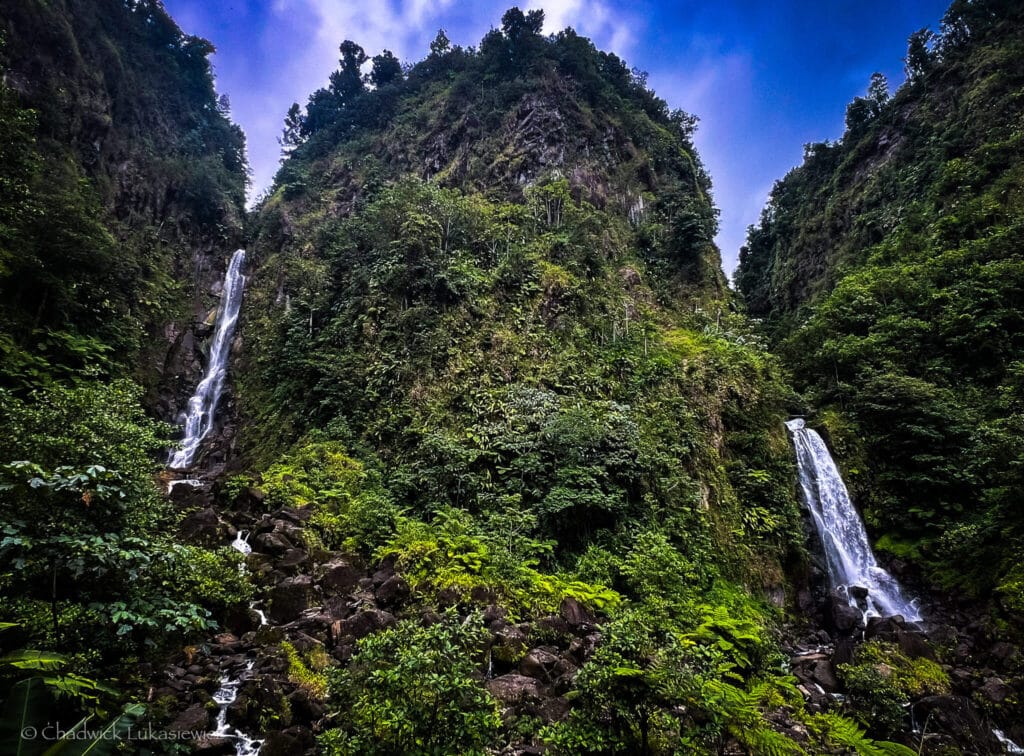
Ever felt overwhelmed by the sensory tsunami of a bustling city market, yet simultaneously captivated by its photographic potential? As someone with AuDHD, I’ve learned that managing sensory input isn’t just about survival – it’s about transforming that sensitivity into stunning visual storytelling.
Creating Your Sensory-Friendly Shooting Environment
The secret to capturing amazing travel photos isn’t just about having the right gear – it’s about creating an environment where your neurodivergent brain can thrive. Here’s what works for me:
Essential Tools for Sensory Regulation:
- Noise-canceling earbuds (AirPods Pro for seamless Apple ecosystem integration)
- Polarized sunglasses with blue-light filtering options
- A lightweight, breathable Buff for versatile sun/wind/sensory protection
- Merino wool base layers for temperature regulation without sensory issues
- Small atomizer of lavender or favorite calming scent
Timing is Everything
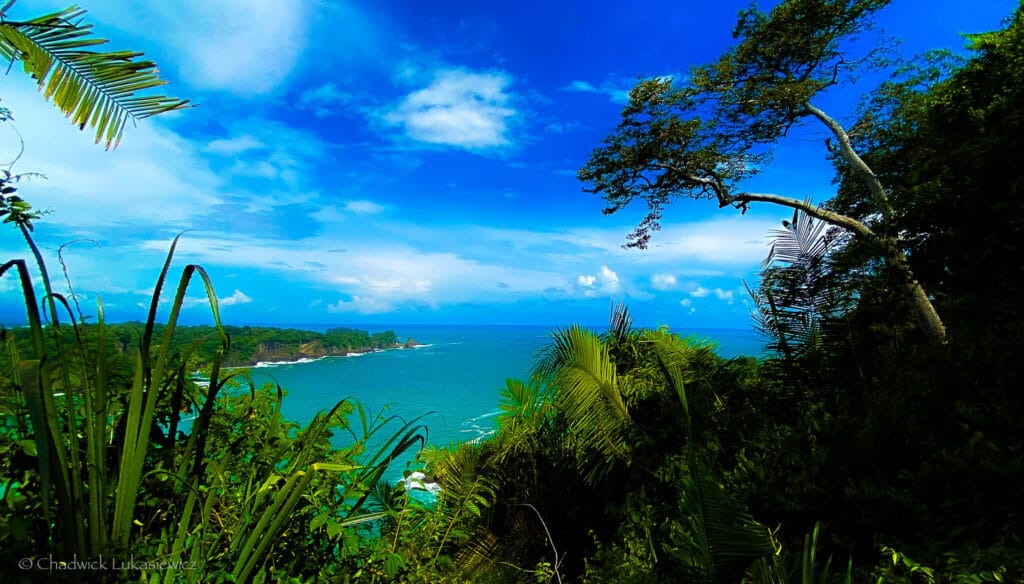
Ever noticed how different a location feels at various times of day? Here’s my strategy for avoiding sensory overload while getting the best shots:
Prime Shooting Windows:
- Early Morning (5-7 AM): Perfect for temples and popular attractions
- Mid-Morning (9-11 AM): Great for markets before peak crowds
- Late Afternoon (3-5 PM): Ideal for street photography
- Blue Hour: Magic time for cityscapes and architecture
Pro Tip: Schedule your most challenging shoots (crowded locations, complex compositions) during your peak regulation hours. For me, that’s early morning after a good night’s rest and proper medication timing.
Building Your Sensory Emergency Kit
During a particularly overwhelming shoot in Tokyo’s Shibuya district, my sensory emergency kit saved not just my mental state but also led to some of my best night photography. Here’s what I always pack:
Quick Recovery Tools:
- Extra medications in a waterproof container
- Water and easy snacks for energy crashes
- Sensory-blocking earplugs (separate from regular headphones)
- Cooling towel for temperature regulation and grounding
- Pressure ball or fidget for immediate stress relief
- Backup battery specifically for your phone (knowing it’s dedicated reduces anxiety)
Working with Travel Companions
Remember, communication is key. I’ve learned to be upfront with travel companions about my needs:
Collaboration Strategies:
- Establish clear signals for when you need a break
- Plan designated meetup points if you need to separate
- Share your schedule, including built-in “recovery time”
- Teach them basic grounding techniques they can help with
Sometimes the most magical shots come right after managing a sensory challenge. That moment when everything clicks – your senses align, the light is perfect, and your camera is ready – that’s pure photography gold.
Remember: Your sensory sensitivity isn’t a limitation; it’s a sophisticated tool for capturing the world in unique and beautiful ways.
ADHD Travel Photography Gear: Essentials for Neurodivergent Creatives
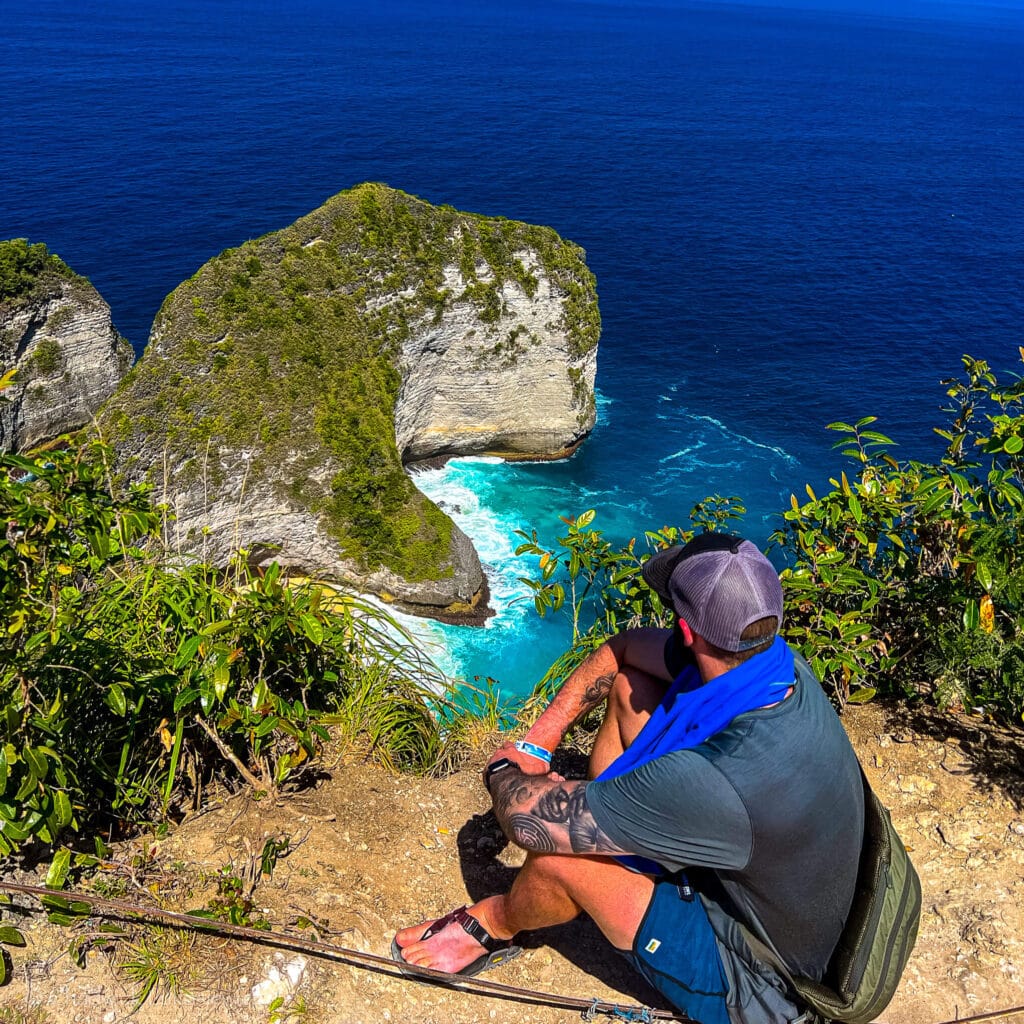
Let’s talk about something that can make or break a travel photography experience – your gear. But here’s the thing about us ADHD folks: we need equipment that works with our brains, not against them.
During my trips across Asia, I’ve learned (sometimes the hard way) that the right gear isn’t just about specs – it’s about finding tools that complement our unique way of processing the world.
Choosing Your Perfect Camera Companion
Remember that time I missed the perfect sunset shot in Bali because I was fumbling with complex camera settings? Yeah, let’s help you avoid that. Here’s what to look for:
ADHD-Friendly Camera Features:
- Quick autofocus (because our attention won’t wait)
- Intuitive menu systems that don’t send us down settings rabbit holes
- Customizable buttons for muscle memory
- Weather sealing (for those impulsive adventure moments!)
Essential Accessories for the Neurodivergent Photographer
Must-Have Gear:
- Multiple batteries (I always pack three – trust me on this one!)
- Quick-release camera strap for easy transitions
- Lens cleaning kit in an easily accessible pocket
- Memory card case with clear labeling system
- Mobile, compact tripod
Organization Systems That Actually Work
Here’s how I keep track of everything (even with ADHD time blindness):
Gear Management Strategies:
- Color-coded packing cubes for different types of equipment
- Clear zippered pouches for immediate visual inventory
- Designated spots for every piece of gear
- Backup gear list saved in your phone (with photos!)
Pro Tip: Pre-shoot checklists save countless headaches, especially in the early mornings.
Tech Tools for ADHD Support
Beyond your camera, these gadgets can be lifesavers:
Essential Tech:
- GPS tracking tiles for important gear (because we’ve all had that moment of panic)
- Portable power bank with multiple charging ports
- Weather app with hourly forecasts
- Location-pinning app for marking shooting spots
Remember: The best gear setup is one that feels intuitive to your neurodivergent brain. Don’t get caught up in what other photographers are using – focus on what works for your unique way of creating.
Smartphone Photography for ADHD Creatives: Travel-Friendly Tips
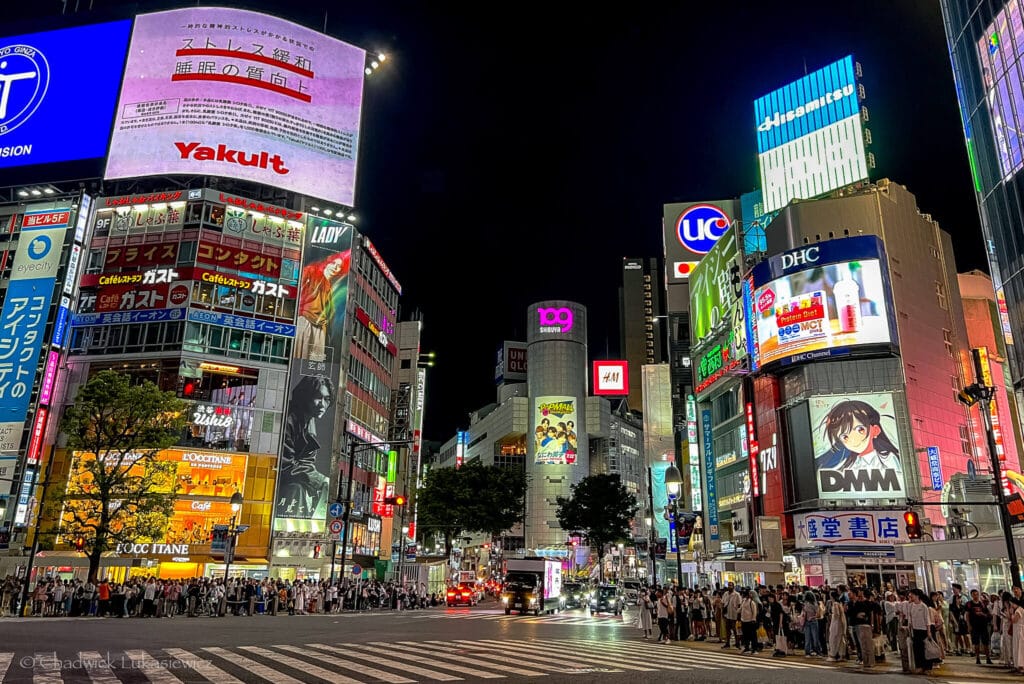
Remember that breathtaking sunset on the Indian River in Dominica that appeared out of nowhere? Or that fleeting moment of street art in Tokyo’s back alleys?
Sometimes our best shots come when we least expect them – and that’s where smartphone photography becomes our secret weapon.
The Rise of Mobile Photography Excellence
Let’s be real – as ADHD photographers, we don’t always remember (or want) to lug around our full camera kit. The latest smartphones, particularly the iPhone Pro/Pro Max series and flagship Android devices, have transformed from backup cameras into powerful creative tools that perfectly complement our neurodivergent way of seeing the world.
Key Advantages for ADHD Travelers:
- Instant accessibility – always in your pocket, ready for those spontaneous shots
- Reduced cognitive load – fewer decisions about which gear to carry
- Simplified workflow – shoot, edit, and share all from one device
- Built-in backup with cloud storage integration
Essential Apps for the ADHD Creative
Photo Capture & Editing:
- Adobe Lightroom Mobile – professional-grade editing with cloud sync
- Photoshop Express – quick edits with AI-powered features
- Canva for easy social sharing and extensive template libraries
- Halide Mark II – advanced manual controls with focus peaking and RAW capture
Photography Planning Tools:
- PhotoPills – comprehensive planning for landscape and astro shots with:
- Sun and moon tracking
- Milky Way alignment
- AR visualization
- Sun Surveyor – streamlined planning for:
- Golden hour timing
- Location scouting
- Shadow prediction
- My Aurora Forecast Pro – Northern Lights hunting with forecasts and alerts
- PeakFinder – mountain photography planning, location marking, and summit identification
Pro Tip: Set up automatic cloud backup through your phone’s native photos app. Trust me, your ADHD brain will thank you when you’re frantically searching for that perfect shot three months later!
Maximizing Your Phone’s Camera Features
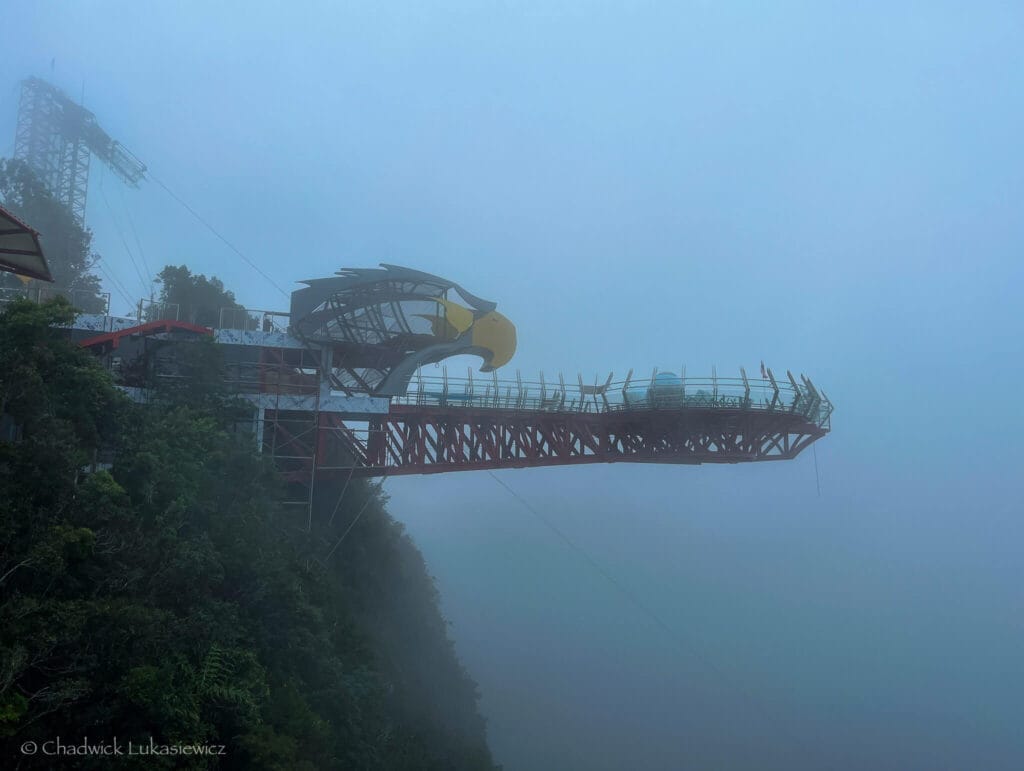
Advanced Shooting Modes:
- Burst mode for capturing action (perfect for hyperfocus moments!)
- Night mode for low-light urban exploration
- Portrait mode for professional-looking depth without lens switching
- RAW/ProRAW capture for maximum editing flexibility
Mobile Photography Gear That Works
Must-Have Accessories:
- Peak Design Mobile Tripod – compact, sturdy, and perfect for long exposure shots
- Moment lenses for added versatility
- Portable power bank for extended shooting sessions
- Phone case with MagSafe compatibility for quick mounting
- Waterproof floating pouch/case like the Pelican IP68
Mindful Mobile Photography Practices
Finding Balance:
- Use airplane mode during focused shooting sessions
- Schedule phone-free moments during your travels
- Create boundaries between social media sharing and creative work
- Use your phone’s focus modes to minimize distractions
Remember: The best camera is the one you have with you. In our case, it’s often the one that works seamlessly with our ADHD brains rather than against them.
Mindful Photography Techniques for ADHD Travelers & Creatives
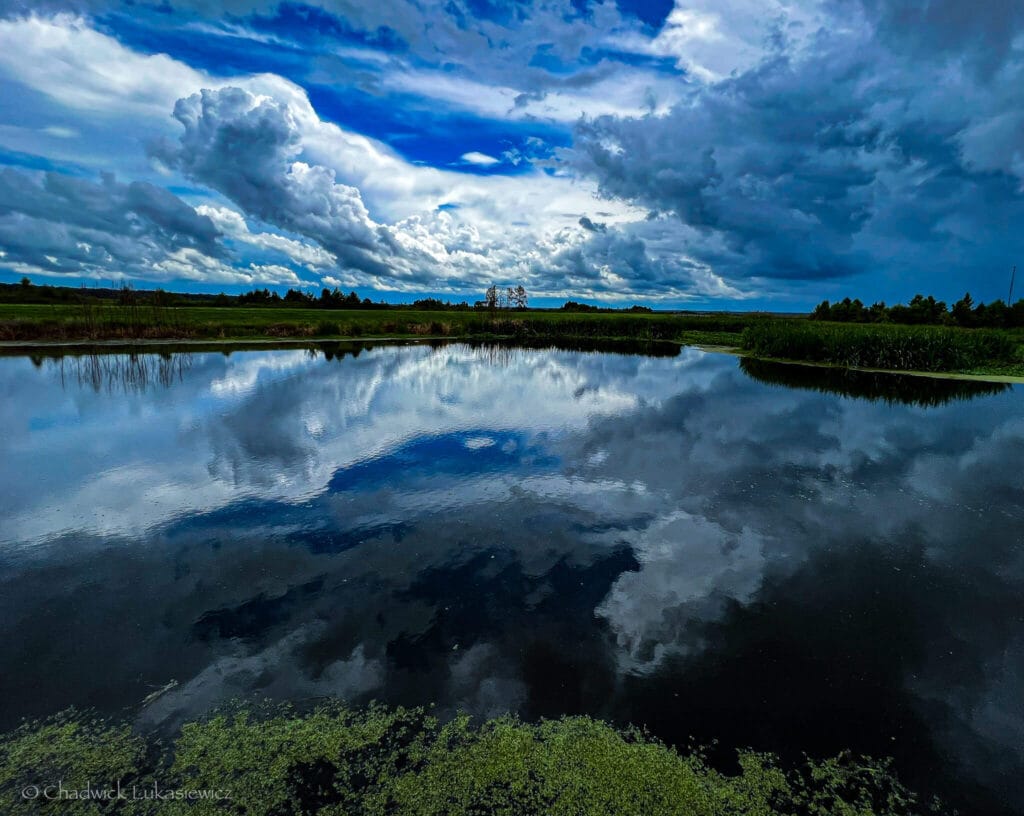
Ever notice how time seems to both race and stand still when you’re in the perfect shooting zone? That’s where mindful photography comes in – it’s not just about capturing moments, it’s about experiencing them fully with our uniquely wired brains.
Grounding Techniques for the Neurodivergent Photographer
Before diving into a shoot, try these ADHD-friendly grounding practices:
The 5-4-3-2-1 Method with a Photography Twist:
- See 5 potential compositions
- Touch 4 different textures to photograph
- Listen for 3 distinct sounds in your environment
- Notice 2 different qualities of light
- Take 1 deep breath before your first shot
Creating Your Mindful Photography Practice
Pre-Shoot Rituals:
- Camera check ritual – Lens, battery, and settings to center your focus.
- Location scouting walkthrough – Observe the space without your camera first to take in the details.
- Intentional breathing – Pause, inhale, and exhale while selecting your first composition.
- Body scan – Release physical tension before shooting to stay grounded.
- Focus and calming tunes – If music helps, play instrumentals or ambient sounds to set the mood, or embrace the natural soundscape for a more immersive experience.
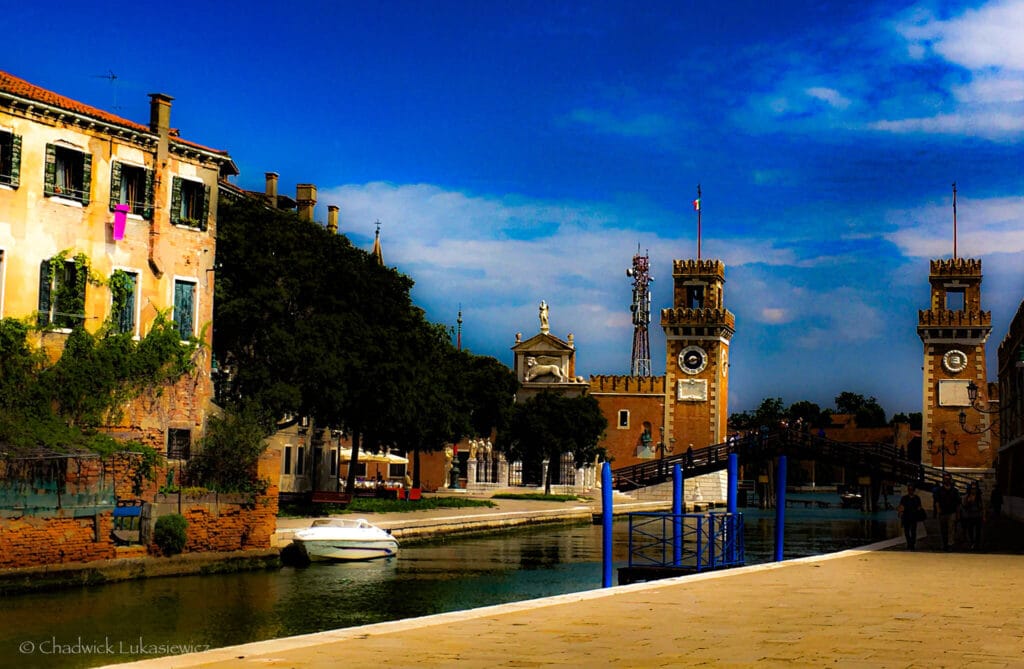
Managing Excitement and Focus
Let’s be real – our ADHD brains can get pretty excited about a perfect photo opportunity. Here’s how to harness that creative energy:
Balancing Techniques:
- Set timers for different shooting phases
- Take regular perspective breaks to step back and reassess
- Use the “three angles rule” before moving to a new spot
- Practice mindful transitions between shooting locations
- Take some quiet time to practice meditation
Incorporating Mindfulness into Your Workflow
Practical Integration Strategies:
- Start each session with a clear intention
- Use your hyperfocus strategically for detailed shots
- Take sensory pause moments between locations
- End each shoot with a brief reflection period
Remember: The goal isn’t to suppress our neurodivergent traits but to channel them into more intentional, present-moment photography. Sometimes the most extraordinary shots come when we slow down enough to truly see what’s in front of us.
Harnessing ADHD Hyperfocus for Stunning Travel Photography

Time seems to dissolve when you’re in the perfect shooting zone. That’s not just ADHD – it’s your hyperfocus strength in action.
During a sunrise shoot in Sedrun while snowboarding in the Swiss Alps, I spent hours capturing every peak and range I possibly could; completely oblivious to the freezing temperature.
But those shots? Absolutely worth it.
Understanding Hyperfocus in Travel Photography
Let’s break down how to transform this intense focus into your creative advantage:
The Hyperfocus Sweet Spot:
- Natural flow state that enhances creativity and technical precision
- Heightened awareness of subtle details and lighting changes
- Time dilation that allows for patient composition development
- Intense concentration that can lead to unique artistic perspectives
Working With (Not Against) Hyperfocus
Strategic Engagement:
- Set alarms for essential transitions (like catching trains or meeting times)
- Pack snacks and water within easy reach
- Use your phone’s focus modes to minimize non-essential interruptions
- Inform travel companions about your shooting plans
Key Moments to Engage Hyperfocus
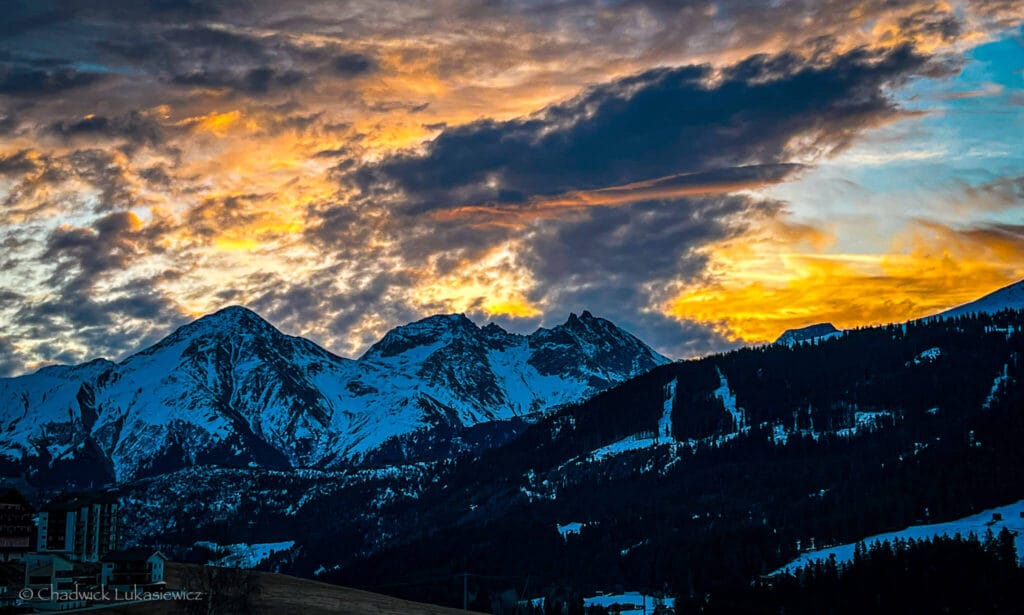
Prime Opportunities:
- Golden hour shoots when the light is changing rapidly
- Street photography sessions in dynamic environments
- Macro photography of intricate details
- Night photography requires precise technical adjustments
- Architecture shots with complex geometrical patterns
Managing the Flow
Essential Transitions:
- Scout locations first without your camera
- Set clear boundaries for each shooting session
- Plan exit strategies for when you need to wrap up
- Build in recovery time after intense focus periods
Pro Tip: Keep a small timer or smartwatch on vibrate to give you gentle reminders without breaking your creative flow. I learned this one the hard way after missing a few too many train connections!
Remember: Your hyperfocus isn’t a distraction – it’s a powerful tool for creating extraordinary images. The key is learning to ride these waves of intense concentration while maintaining awareness of your essential needs.
ADHD-Friendly Framing Techniques: Turning Chaos into Composition
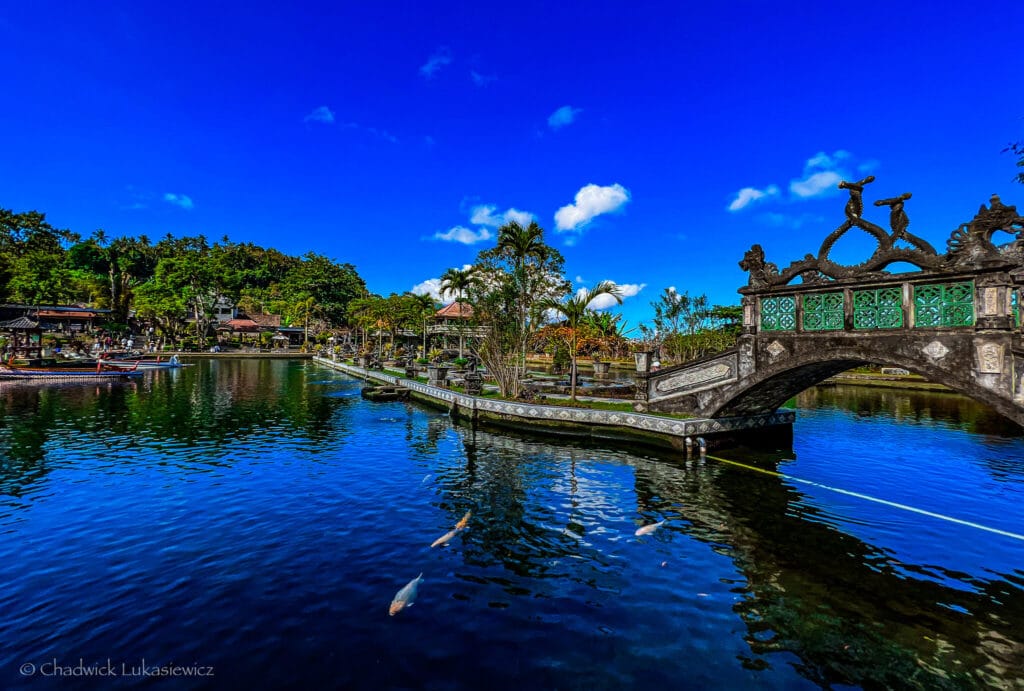
Ever found yourself overwhelmed by the sheer number of potential shots in a single scene?
During my visit to Bali’s Tirta Gangga Water Palace, my ADHD brain was firing on all cylinders – the ornate bridges, crystal-clear waters, and dancing koi creating ever-changing patterns…I mean it is literally The Legend of Zelda Water Temple in real life…
That’s when I discovered that our tendency to notice everything could become our greatest compositional strength.
Quick-Fire Composition Techniques
When your mind is racing faster than your shutter speed, try these ADHD-friendly approaches:
The 3-2-1 Method:
- Look for 3 distinct elements that catch your eye
- Find 2 ways they might connect visually
- Take 1 decisive shot before second-guessing
Focus Points:
- Choose a primary subject first
- Add secondary elements that complement
- Remove anything that doesn’t serve the story
The “Squirrel Method”: Turning Distractions into Gold
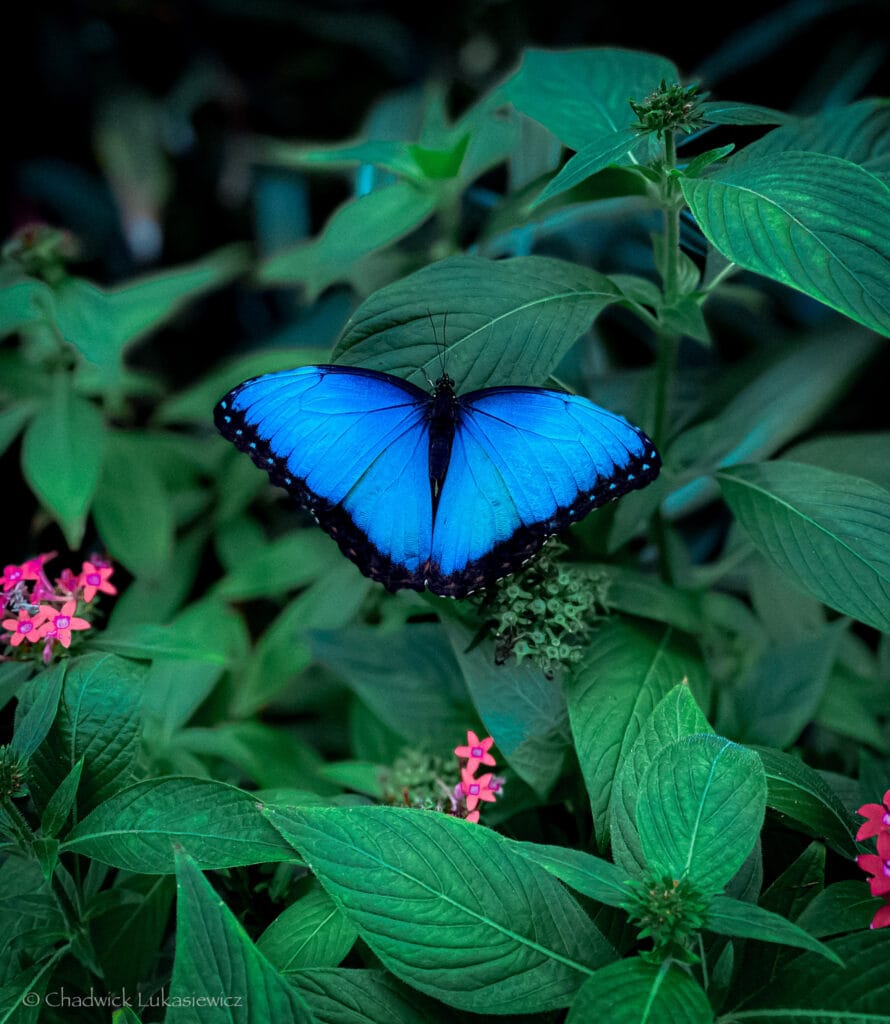
Remember that ADHD moment when something completely unrelated catches your attention? I’ve learned to call this the “Squirrel Method” – because sometimes those sudden distractions lead to our most unique shots.
Making Distractions Work for You:
- Follow your natural curiosity when something catches your eye
- Take a quick test shot before the moment passes
- Return to your original subject with fresh perspective
Pro Tip: Keep your camera settings in a “ready” mode (like Aperture Priority with Auto ISO) so you can quickly capture those unexpected moments without missing the shot due to technical adjustments.
Breaking Down Complex Scenes
One of our biggest challenges as ADHD photographers can be feeling overwhelmed by busy scenes. Here’s how to make them manageable:
The Layer Method:
- Background: Start with the furthest element
- Middle Ground: Add supporting elements
- Foreground: Find an anchor for your composition
Scene Simplification:
- Focus on one dominant element first
- Add complementary elements gradually
- Use negative space to create breathing room
Macro & Detail Work: Hyperfocus Heaven
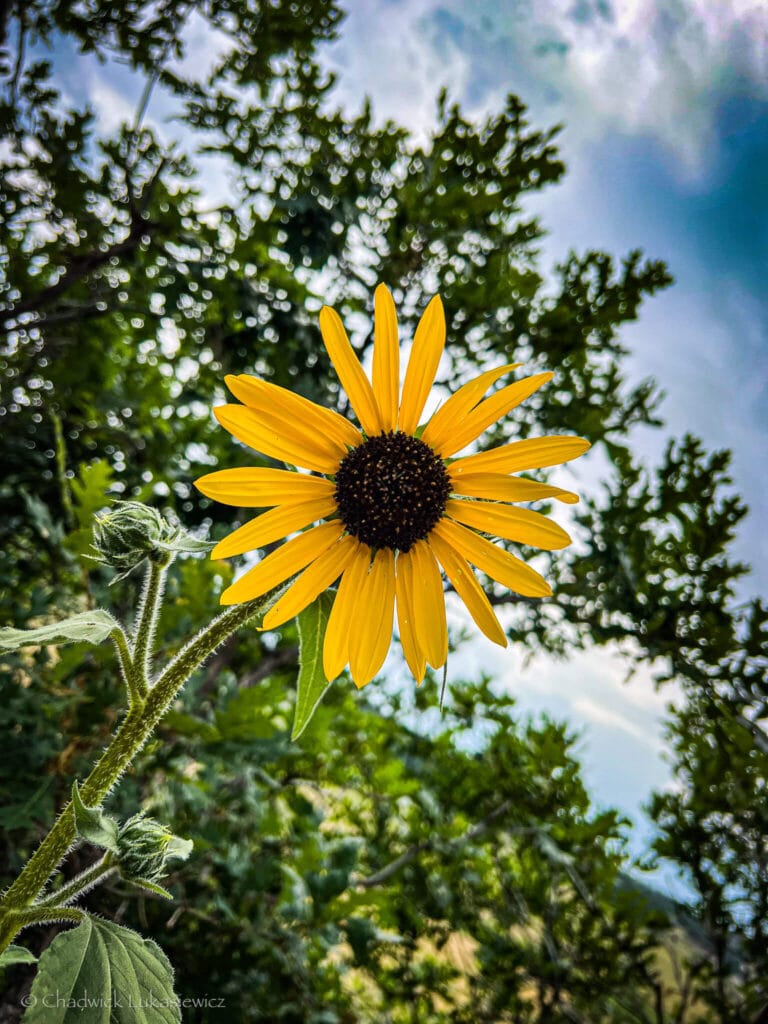
This is where our ability to hyperfocus becomes our greatest superpower.
During a summer morning at Castlewood Canyon State Park, I spent two hours exploring the intricate patterns within a single wild sunflower – tracing every detail from fuzzy stem to radiant petals – resulting in some of my most intricate botanical portraits.
Detail Shot Strategy:
- Set a specific timeframe for macro work
- Use a stable tripod to maintain focus
- Take mindful breaks every 20 minutes
- Review and adjust your approach as needed
Remember: Our seemingly chaotic ADHD minds often lead to the most creative and unique compositions. Trust your instincts – they’re guiding you to shots others might never see.
ADHD-Friendly Editing Workflows: Simplified Post-Processing Techniques
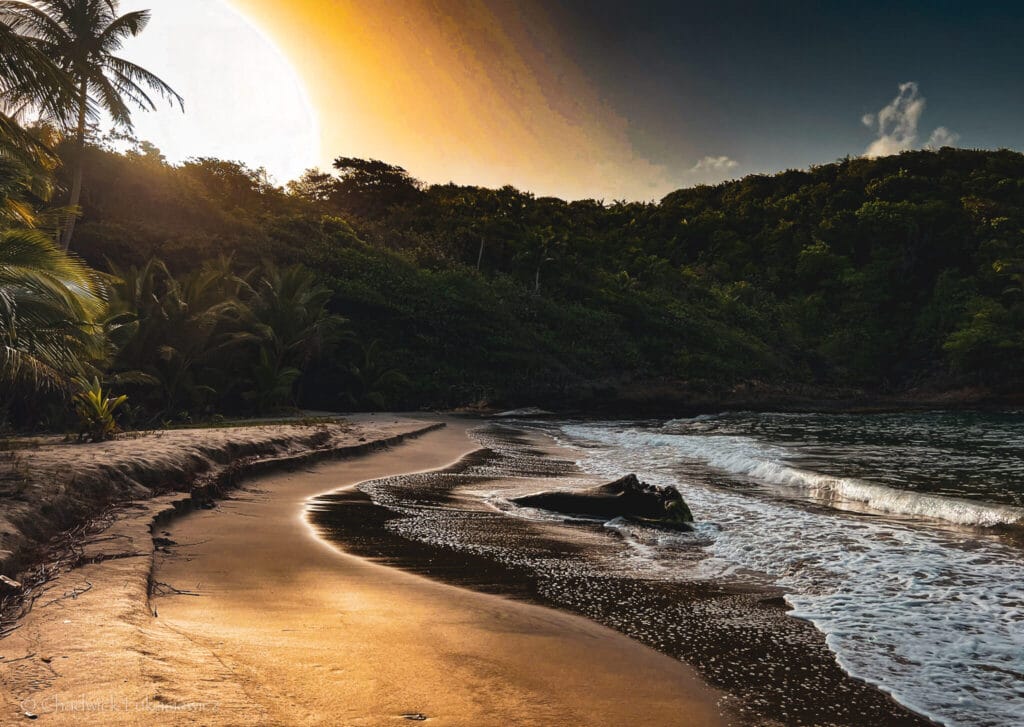
Let me tell you about my last deep dive into the editing rabbit hole – 17 versions of the same photo and too many cups of coffee.
During my post-processing sessions from Dominica, I learned that our ADHD brains need a different approach to photo editing – one that harnesses our creativity while keeping us on track.
Creating Your ADHD-Friendly Editing Environment
First things first: let’s set up a workspace that works with our neurodivergent minds, not against them.
Physical Setup:
- Dedicated editing space with minimal distractions
- Secondary monitor for full-screen editing (game-changer for hyperfocus and avoiding distractions!)
- Ergonomic mouse for precision editing
- Pomodoro Timer or Clock within eyesight
- Snacks and water within arm’s reach
- Soft lighting to reduce eye strain
- Have a mobile setup prepared for travel
Digital Organization:
- Clear folder structure for your raw and edited files
- Consistent file naming conventions
- Separate catalogs for different trips or projects
- Regular backup system (because we all know that one time we forgot…)
- I’ve been burned, so I have consistent iCloud backups and weekly external hardrive
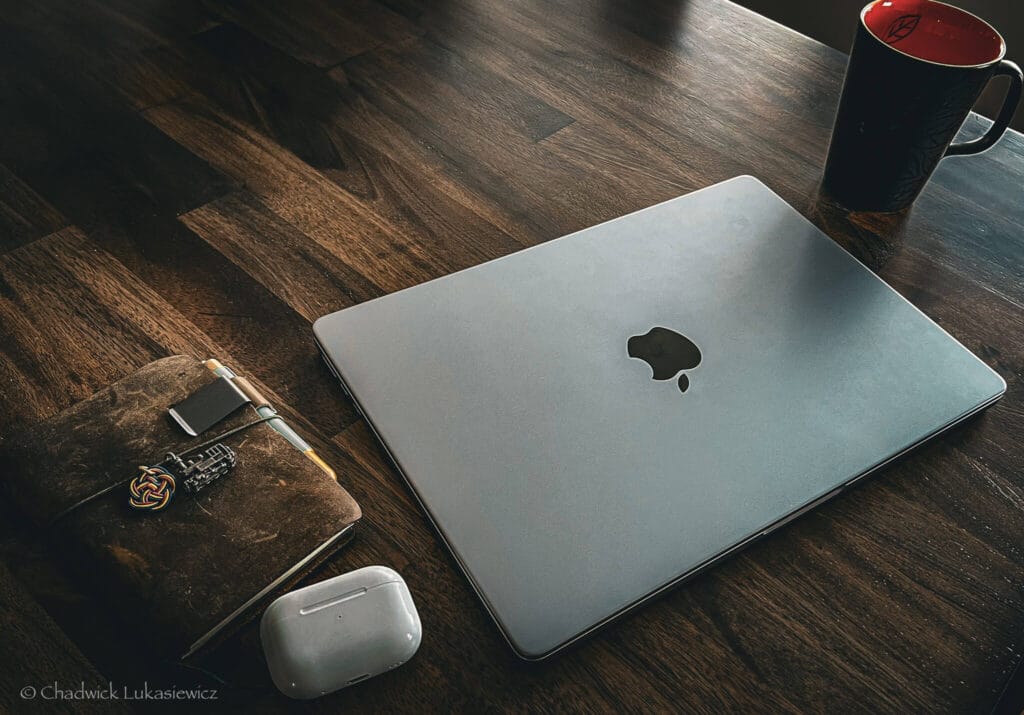
Software That Speaks ADHD
After trying virtually every editing program out there, I’ve found my perfect setup with Adobe’s Photography Plan (Lightroom, Photoshop, and Bridge for management). Here’s why it works for my ADHD brain:
Adobe Creative Suite Core Tools:
Adobe Lightroom:
- Primary tool for organizing and batch editing photos
- Non-destructive editing (original files always stay safe)
- Honestly, I rarely touch any editor other than Lightroom these days.
- Perfect for:
- Color correction and exposure adjustments
- Basic retouching and healing
- Managing large photo libraries
- Creating consistent looks across photo series
- Quick exports for social media
- ADHD-friendly features:
- Visual organization with flags and ratings
- Presets for quick editing
- Synced edits across similar photos
- Cloud backup and cross-device access
Adobe Photoshop:
- Advanced editing powerhouse for detailed work
- Perfect for:
- Complex retouching
- Sky replacements and compositing
- Removing distracting elements
- Creating artistic effects
- Fine-tuning specific areas
- ADHD-friendly features:
- Layer-based editing for experimental creativity
- History panel to track changes
- Actions for automating repetitive tasks
- Customizable workspaces
Adobe Bridge:
- Visual file management system
- Connects seamlessly with Creative Cloud apps
- Manages files across Photoshop and Lightroom
- Previews and sorts RAW files instantly
- Centralizes access to all photo assets
- Perfect for:
- Previewing photos before import
- Organizing files across multiple drives
- Adding metadata and keywords
- Quick culling of photos
- ADHD-friendly features:
- Visual thumbnail browsing
- Customizable file viewing options
- Batch renaming tools
- Direct camera import
Adobe Creative Suite Benefits:
- Seamless workflow between applications
- Cloud backup for when we forget to save
- Intuitive interface that reduces cognitive load
- Customizable workspaces to match your process
- Mobile apps for editing on the go
- Consistent updates with new features
- Large community for tutorials and presets
My Typical Workflow:
- Use Bridge to import and sort photos
- Lightroom for 80-100% of editing work:
- Basic adjustments
- Color grading
- Batch processing
- Photoshop for final 10-20% if needed:
- Detailed retouching
- Creative effects
- Advanced
- Save copies to iCloud Files and Apple Photos:
- Double backup across cloud services and external hard drives
- Quick access for social sharing
- Integration between phone and laptop
- Unified library for my DSLR, iPhone, and Insta360 content
- Easy sharing to Instagram, X, and other platforms
Remember: While Adobe’s suite is my go-to recommendation for serious photography work, don’t feel pressured to start there. Begin with what feels manageable and upgrade as your skills and needs evolve.
The key is finding tools that support your creative flow without overwhelming your executive function. You can get by with far less than you think.
Alternative Options to Adobe for Different Needs:
Capture One:
- Professional-grade alternative to Lightroom
- Excellent color editing tools
- More technical but powerful
- Great for tethered shooting
- Higher learning curve but rewarding for detail-oriented editors
DxO PhotoLab:
- Outstanding noise reduction
- Simpler, focused interface
- Excellent lens corrections
- Perfect for those who want powerful tools without complexity
Luminar Neo:
- AI-powered editing tools
- More creative, artistic focus
- Great for quick impressive results
- Ideal for those who prefer automated solutions
Affinity Photo:
- One-time purchase alternative to Photoshop
- Professional-grade features
- No subscription required
- Great for those who primarily need advanced editing tools
Pro Tip: Most of these programs offer free trials. I recommend testing different options during your peak focus hours to find which interface and workflow resonates best with your ADHD brain. Remember – the “best” software is the one you’ll actually use consistently!
Time Management Techniques
Here’s how to prevent those “where did the last four hours go?” moments:
The 25/5 Method:
- Edit intensively for 25 minutes
- Take a 5-minute break
- Reset and repeat
- After 4 cycles, take a longer break
Batch Processing Strategies:
- Organize first: Flag/rate photos before editing
- Create presets for common adjustments
- Use sync settings for similar shots
- Export in batches during breaks
Perfectionism vs. Efficiency

Let’s talk about that ADHD perfectionism that can keep us tweaking a single photo for hours. Here’s how to find balance:
The “Three Pass” Rule:
- First Pass: Basic adjustments only
- Second Pass: Creative enhancements
- Final Pass: Fine-tuning (set a timer!)
Decision-Making Framework:
- Ask yourself “Does this enhance the story?”
- Set clear goals before starting
- Use reference images for guidance
- Know when to say “done”
Breaking the Perfectionist Loop:
- Notice when you’re making the same adjustment repeatedly
- Step away after three versions of the same edit
- Take a 10-minute reset when colors stop making sense
- Save multiple versions and review with fresh eyes
- When edits start looking worse instead of better, it’s time for a fresh day
Remember: Perfect is the enemy of finished…I get it, I’m the worst with this one. Yet, sometimes that slightly imperfect edit captures the authentic feeling of a moment better than a technically flawless one.
Storytelling Through the Lens: Crafting Narrative in Your Travel Photos
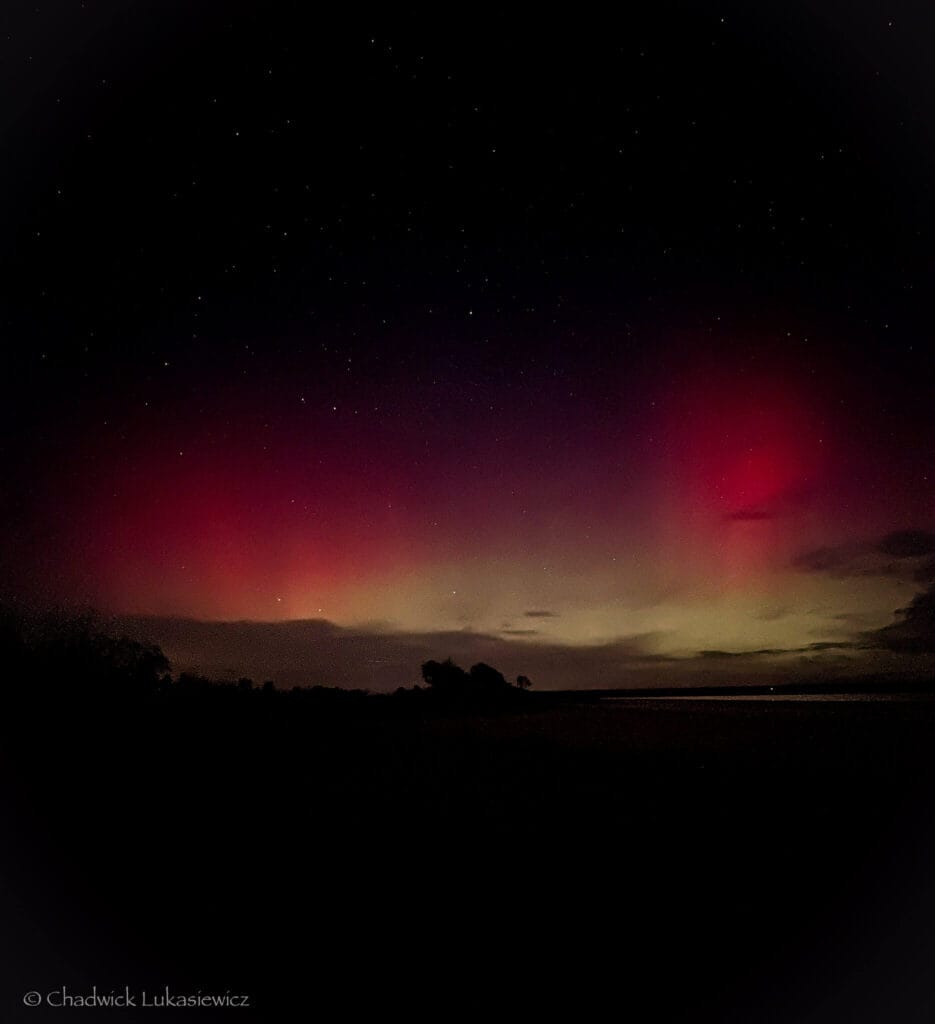
Some photos just hit differently – grabbing attention and evoking emotion while others feel like mere snapshots.
While capturing the auroras for the first time ever at Jackson Lake State Park, Colorado, I realized our ADHD traits – especially our emotional sensitivity and ability to notice subtle details – make us natural visual storytellers. We just need to learn how to harness these powers intentionally.
Finding Your Unique Voice
As neurodivergent photographers, our perspective is inherently unique. Here’s how to lean into that strength:
Personal Connection Techniques:
- Identify emotional anchors in each location
- Capture fleeting moments that resonate with you
- Use color and contrast to evoke deeper moods
- Follow your natural curiosity about details others might miss
Pro Tip: Keep a small journal (I use my Traveler’s Notebook) to jot down quick notes about how places make you feel. These emotional notes often guide me to more compelling compositions later.
Creating Visual Narratives
Our ADHD minds excel at making unexpected connections. Here’s how to translate that into compelling photo series:
Story Arc Development:
- Opening shots: Establish a sense of place
- Detail shots: Reveal intimate moments and textures
- Transition images: Show movement and change
- Climax photos: Capture peak moments or revelations
- Closing images: Provide emotional resolution
Capturing Authentic Moments
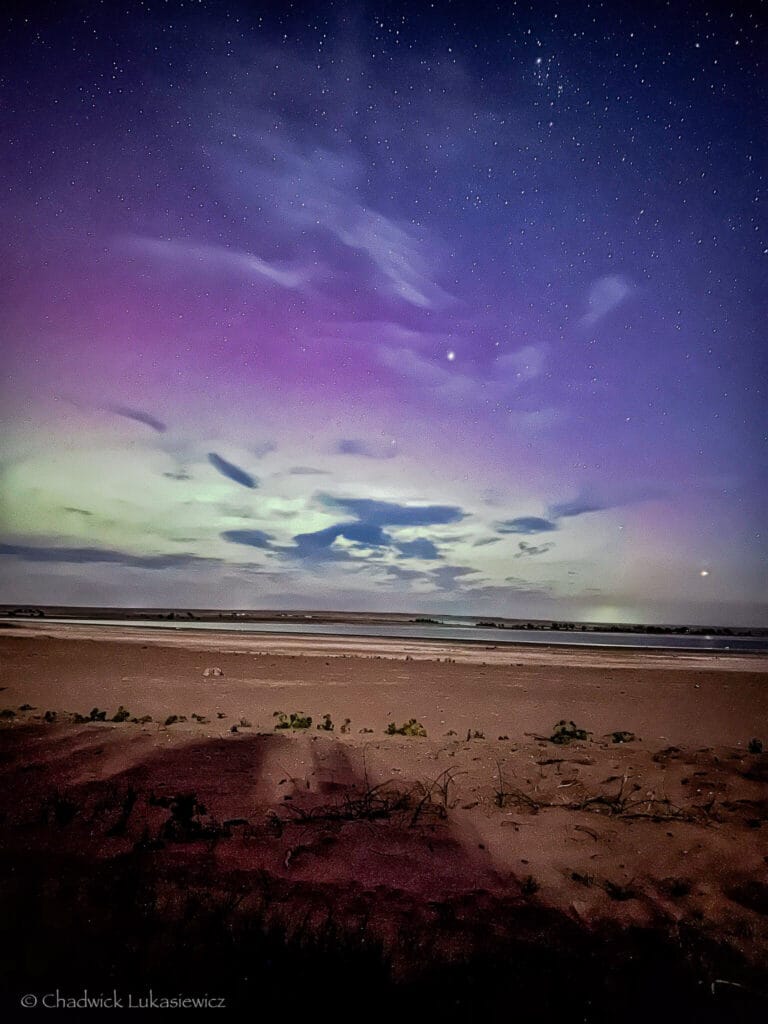
That ADHD impulsivity that sometimes drives us crazy? It’s actually a superpower for capturing genuine, unscripted moments:
Authenticity Techniques:
- Anticipate moments before they happen
- Look for natural interactions between people and places
- Capture contrasts that tell deeper stories
- Document the “in-between” moments others might miss
Building Photo Series That Tell Stories
Instead of thinking about single shots, try creating collections that work together to convey deeper meanings:
Series Development:
- Choose a consistent theme or concept
- Look for patterns and connections
- Create visual rhythms through similar elements
- Allow space for spontaneous additions
Theme Examples:
- Texture Studies: Ancient temple walls to modern street art
- Color Stories: Following a specific hue across a city
- Time Passages: Dawn to dusk in one location
- Human Elements: Hands, faces, or interactions across cultures
Organization and Presentation
Here’s where our detail-oriented AuDHD traits really shine – use that pattern recognition to create compelling visual narratives:
Organizing Strategies:
- Create collections by theme or emotion
- Use color coding for different narrative threads
- Develop consistent editing styles for series cohesion
- Build presentation templates that support your stories
Sharing Your Vision:
- Consider platform-specific storytelling approaches
- Mix wide shots with intimate details
- Include brief, emotional captions that enhance the visual story
- Create multi-post series that build narrative tension
Remember: Your neurodivergent perspective isn’t just valid – it’s valuable. The way you see the world, with all its beautiful details and unexpected connections, creates stories that resonate deeply with others. Don’t be afraid to let your unique vision shine through your lens.
The ADHD Photographer’s Secret Weapon: Creativity in the Chaos
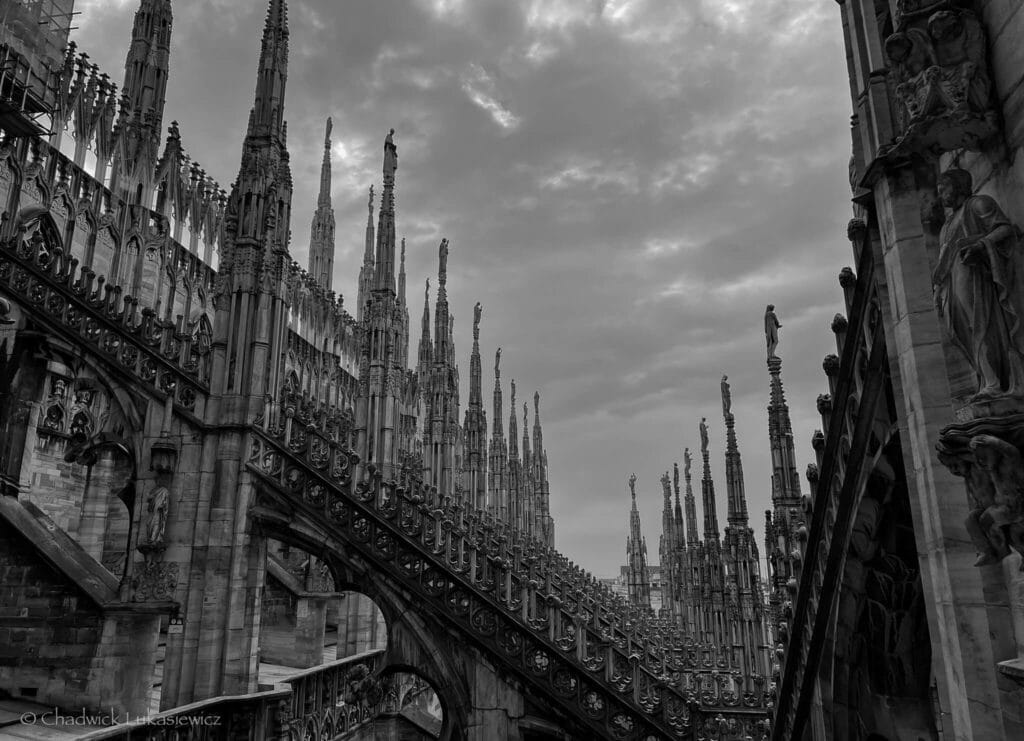
It’s fascinating how our greatest “ADHD challenges” become our most powerful creative assets behind the lens.
Through our journey exploring travel photography techniques, we’ve discovered something remarkable: our neurodivergent minds aren’t just capable of capturing extraordinary images – they’re uniquely wired for it.
From transforming hyperfocus into stunning macro shots to using our sensitivity to create emotionally resonant narratives, we’ve seen how each aspect of our ADHD can enhance our photography:
- That distractibility? It leads us to hidden compositions others miss
- Sensory sensitivity? Perfect for noticing subtle shifts in light and color
- Time blindness? Sometimes it helps us lose ourselves in the perfect moment
- Pattern recognition? Essential for crafting visual stories that connect
Remember that shoot at Tokyo’s Senso-ji Temple? While others clustered around the obvious shots, our ADHD tendency to notice everything led us to unique perspectives and hidden stories.
That’s the true power of neurodivergent creativity – seeing the extraordinary in what others might overlook.
Your Next Adventure Awaits
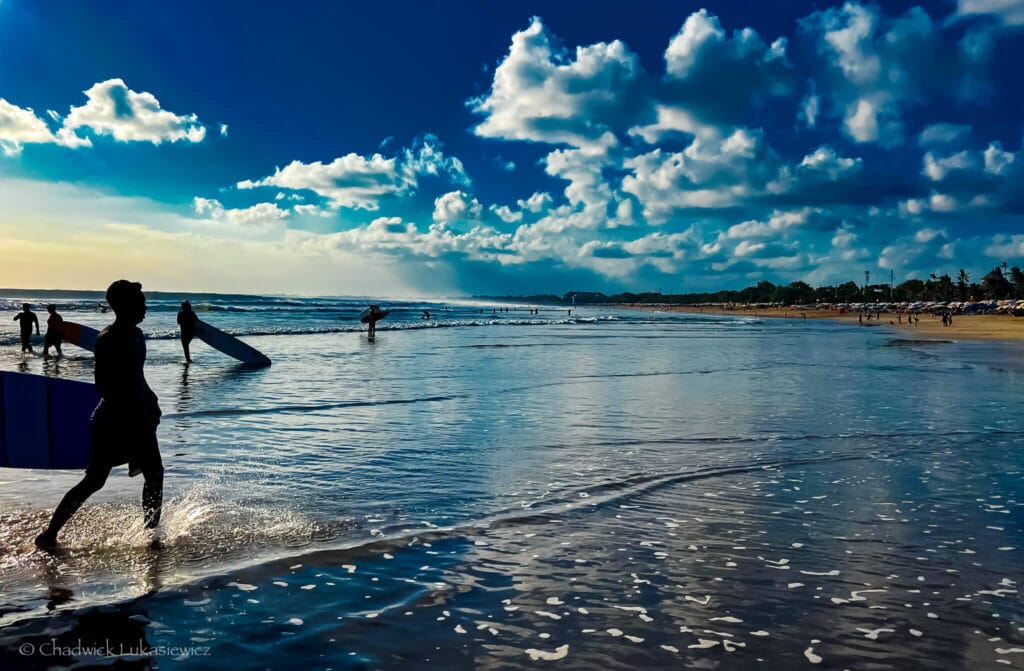
As you head out with your camera, remember:
- Trust your unique perspective
- Embrace the unexpected detours
- Let your ADHD traits guide your creative process
- Keep your sensory toolkit handy
- Most importantly – find joy in the beautiful chaos of travel photography
Your neurodivergent mind isn’t just along for the ride – it’s your secret weapon for creating extraordinary images. Now get out there and show the world what you see through your uniquely wired lens!
Remember: The most authentic shots often come when we stop trying to “manage” our ADHD and start embracing it as our creative superpower.
Safe travels and happy shooting!
Explore More: Adventure travel photography reimagined through a neurodivergent lens. From hidden compositions to sensory-rich landscapes, find inspiration in the unexpected beauty in our galleries.
· · ·
Some of the links in this post are affiliate links, meaning I earn a commission if you click through and make a purchase – at no additional cost to you. As a neurodivergent traveler and mental health professional, I only recommend products I’ve personally tested and found genuinely helpful in managing AuDHD symptoms, sensory needs, or travel challenges. Read our full affiliate disclosure in our privacy policy. And remember: your unique needs matter most when choosing tools for your journey!

